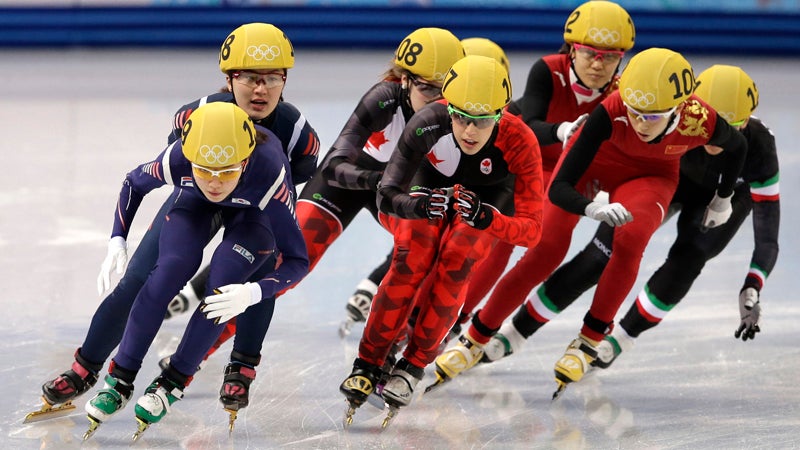Most of us at least know someone who’s ski raced or played ice hockey. But what about the bizarre Olympic sports that don’t get primetime coverage?
Take terms like “,” “,” and “,” which sound more like drinking games than words that belong in a discussion about extreme sports. To shine some light on the periphery, we rounded up the most unique, alien pieces of Olympic gear on display at Sochi this month. You won’t look at lugers or curlers in the same way again.
Curling Stone
Here’s your fun party fact for the week—all of the world’s curling stones are made from granite quarried at Ailsa Craig, an 1.8-mile long island off the western coast of Scotland. Each of the stones uses two types of granite. Common green granite—which powders, rather than splinters, after a hard impact—makes up the majority of the tool. The bottom of the stone is made from dense blue hone granite, which glides easily on the ice.
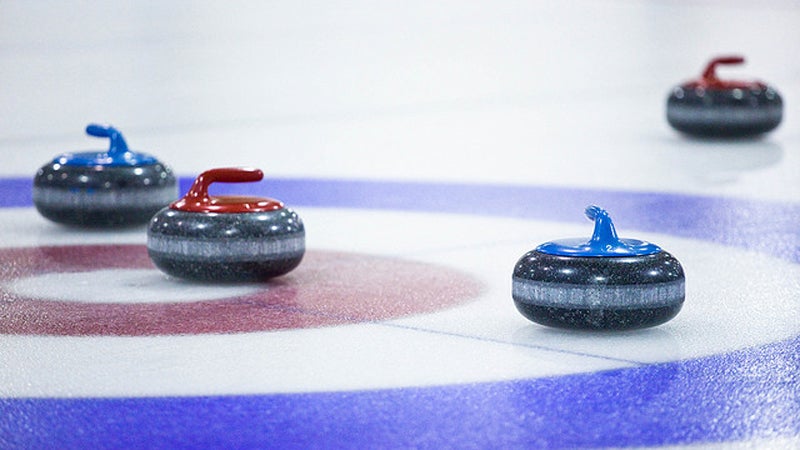
Curling Brush
These might seem like common household brooms, but in fact there’s some impressive technology at work. Candian and U.S. curlers use designed by a team from the University of Western Ontario. The great thing about these special sticks? They don’t ruin the pebble—or rough surface—on a curling ice arena that helps athletes maintain control of their stone. The EQualizer brush heads still produce the heat needed to manage the stone’s speed, but, unlike traditional brooms, they have a smooth fabric that doesn’t melt the pebble.
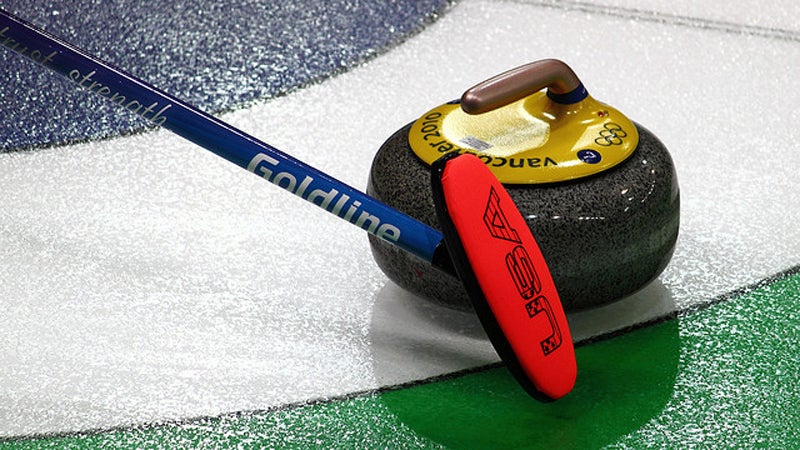
Luge Weight Vests
To take the advantage away from the big bruisers, luge officials now allow small competitors to wear weight vests. I won’t get into the complicated formula they use to keep competition fair, but if you weigh more than the set standard, you can only wear up to about nine pounds of clothing.
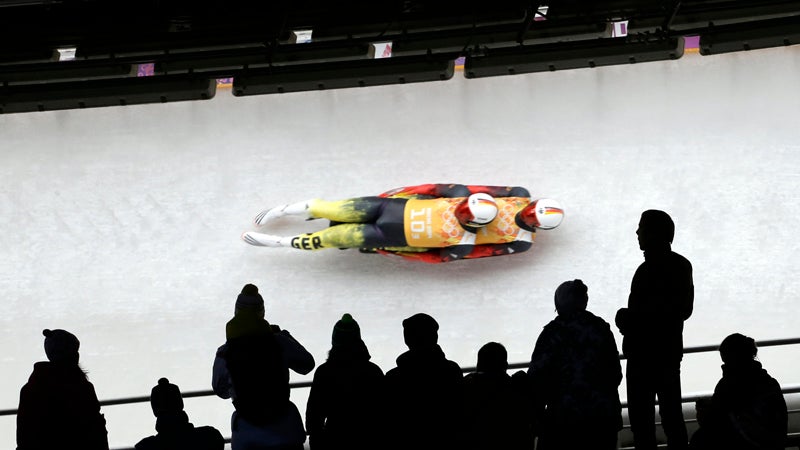
Luge Shoes
Lugers use spiked gloves to get traction on the ice, so the shoes just have to be aerodynamic. The result? Shoes that with smooth soles and clean design lines. They look about as futuristic as the 135-year-old Olympic sport looks terrifying.
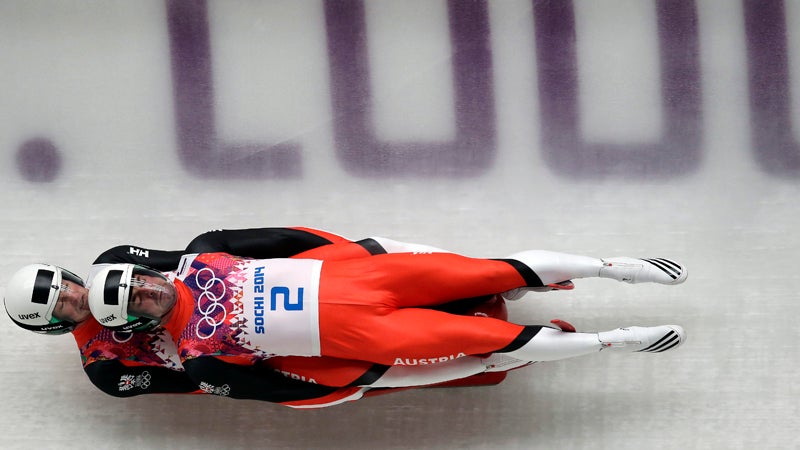
Figure Skating Outfits
You might be saying, “Wait, those ridiculous-looking outfits aren’t gear!” And while these suits often look silly, they still have utility within the sport. No matter how ridiculous the outfits appear, design details like shoulder tassels and flowing belts distinguish the skaters’ style and accentuate their highly athletic movements. It can even serve as a of sorts. That said, you still won’t catch me in one.
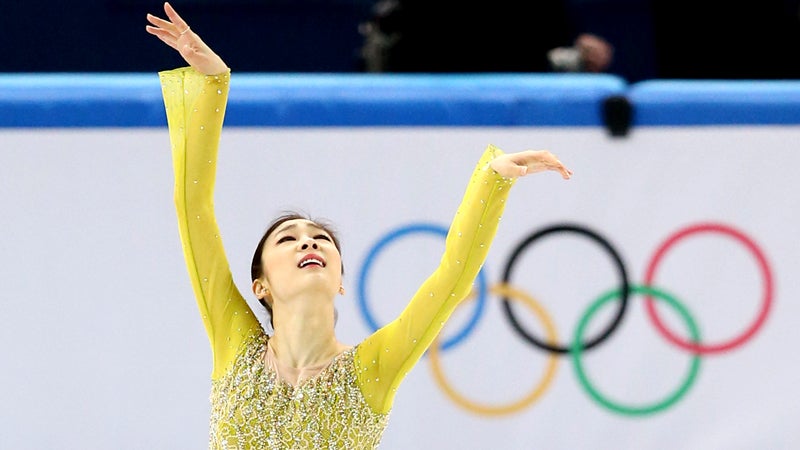
Biathalon Guns
The 158-year-old German gun manufacturer makes 97 percent of the world’s biathlon guns, according to the company. The guns cost about $4,000 each, so be prepared for a high initial investment. But you get what you pay for. The featherlight guns have customizable wooden stocks that fit the biathletes’ bodies when they’re shooting tiny targets from about 150 feet away.
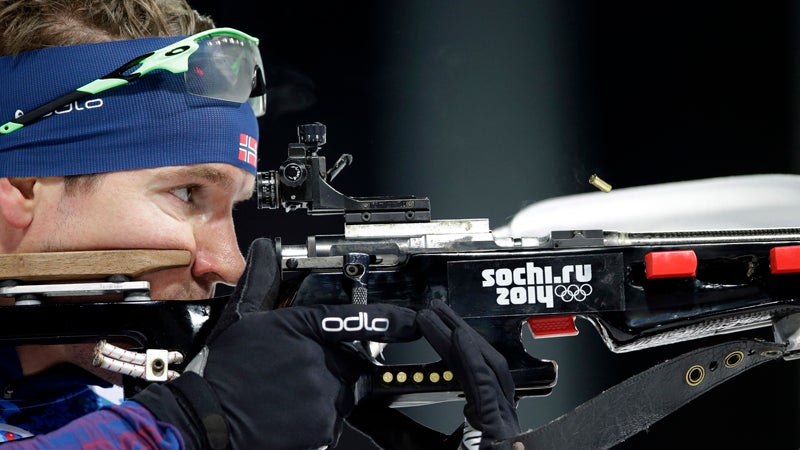
Short Track Protective Armor
Short track speed skating, one of the most , requires great safety equipment. Competitors use protective padding to cover their knees, shins, and necks. And while it’s the neck protection that evokes gory images of slashed jugulars, the knee and shin armor is the most useful because a majority of short track lacerations happen below the knee. Many of the suits are also stitched with Kevlar to protect the athletes during a pile-up.
